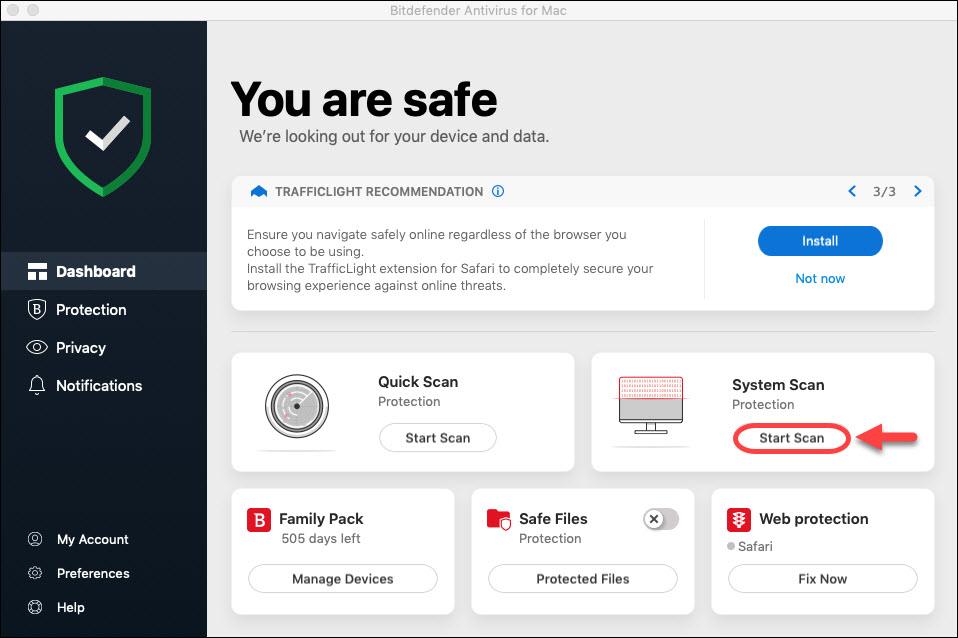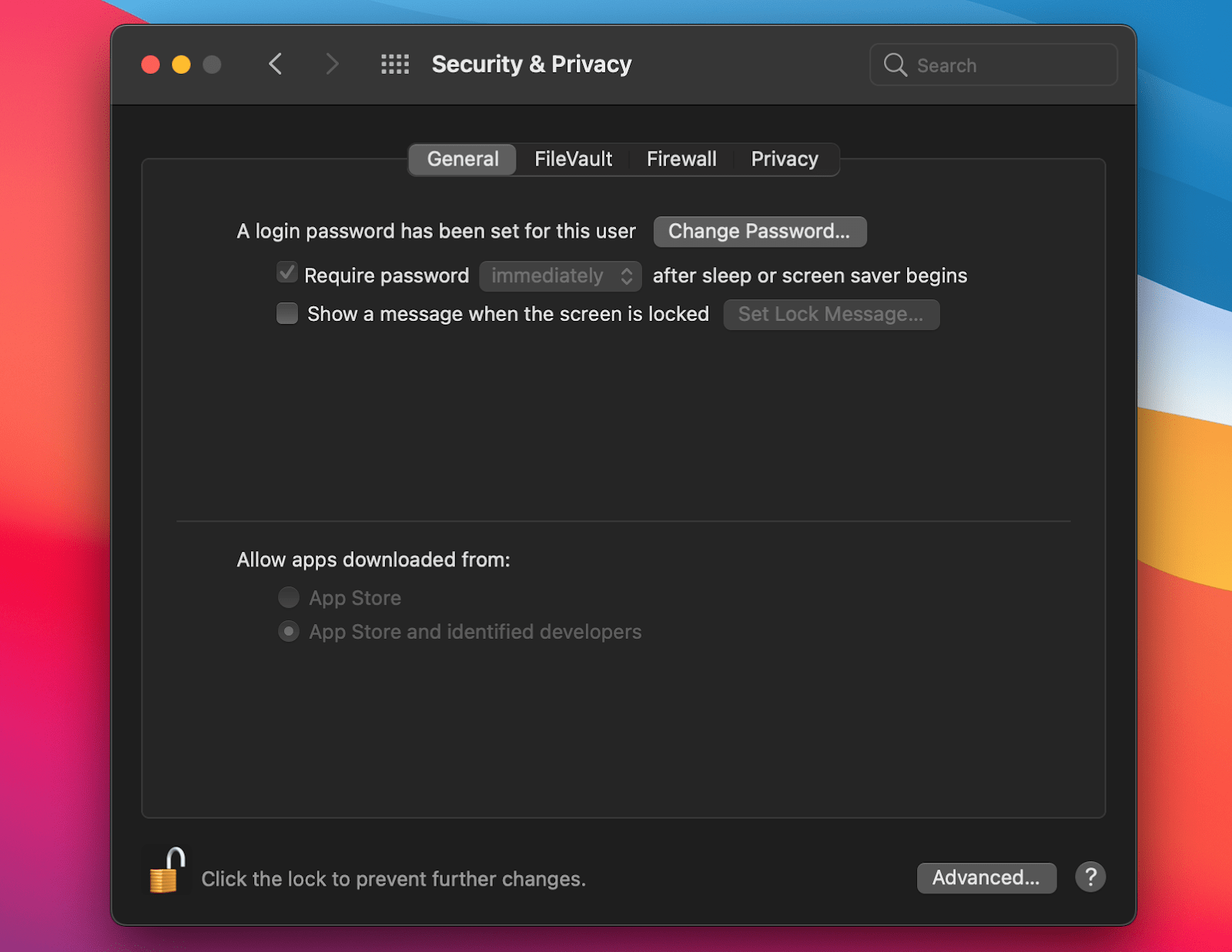

- #HOW CANI CHECK MY COMPUTER FOR SPYWARE INSTALL#
- #HOW CANI CHECK MY COMPUTER FOR SPYWARE UPDATE#
- #HOW CANI CHECK MY COMPUTER FOR SPYWARE PATCH#
- #HOW CANI CHECK MY COMPUTER FOR SPYWARE SOFTWARE#
As with many free programs, it may come with unwanted "foistware" (eg Google Chrome), so always use the custom installation option.

This year, I've been recommending and installing the free Avast 2014 anti-virus program, which includes anti-spyware and anti-rootkit protection. Otherwise, try to get into a routine of checking PSI once a week. Holding the mouse pointer over the icon will tell you what you need to know.

#HOW CANI CHECK MY COMPUTER FOR SPYWARE INSTALL#
When you install PSI, use Windows’ customise option to show its icon in the System Tray notification area on the right hand side of the task bar.
#HOW CANI CHECK MY COMPUTER FOR SPYWARE UPDATE#
It will also tell you if any parts of Windows need to be updated, which sometimes happens when Microsoft's attempt to install an update fails. It can install updates for you, and will tell you if a program needs to be updated manually.
#HOW CANI CHECK MY COMPUTER FOR SPYWARE SOFTWARE#
This checks all the software on your PC, tells you which programs need updating, and gives you a score. This is almost always a good idea for home users.įurther, I strongly recommend installing Secunia's Personal Software Inspector. Some other programs – including the Firefox and Google Chrome browsers – will also install patches automatically.
#HOW CANI CHECK MY COMPUTER FOR SPYWARE PATCH#
Once a patch is released, malware programmers can reverse-engineer the fix to find the security hole and exploit it. Microsoft releases patches on the second Tuesday of each month, so either let your PC install them automatically, or install them promptly. The vast majority of malware infections exploit security holes that have already been fixed, so the most important part of PC hygiene is to keep all your software up to date. (Microsoft says that the in the fourth quarter of 2013, its software removed malware from 1.78% of PCs worldwide, with Tunisia having the worst infection rate at 4.95%.) However, accidents can happen to anyone…. Just doing the right things is usually enough to keep more than 98% of Windows PCs malware free, barring accidents. That means AVG, Avast, Kaspersky, Microsoft and many others missed it. Only five of the 54 anti-virus programs found malware, including Malwarebytes and AntiVir. In this case, I expected to find viruses in the file, so I uploaded it to VirusTotal to check. The second moral: no anti-virus program will catch everything. The first moral: only download updates from reliable, official sources, which in this case means the Adobe website. I ran into one yesterday when the Labour party press team unintentionally (" we were hacked") tweeted a link to an owl video that wanted me to install a "Flash update" that contained viruses. They're people who install pirated software or fall for social engineering tricks: they install viruses hidden in email attachments, or fake Flash updates, or downloaded via links posted to Twitter, Facebook etc. They're people who either don't run anti-virus software and firewalls, or don't keep virus signatures up to date. Most of the victims are people who don't install updates to plug security holes not just in Windows but also in Oracle's Java, Adobe Flash, Adobe Reader, and other widely-used programs. Here, you can learn about the three steps for securing your system in more detail.Mass-market malware is a numbers game, played mostly with familiar off-the-shelf exploit kits (EKs).


 0 kommentar(er)
0 kommentar(er)
